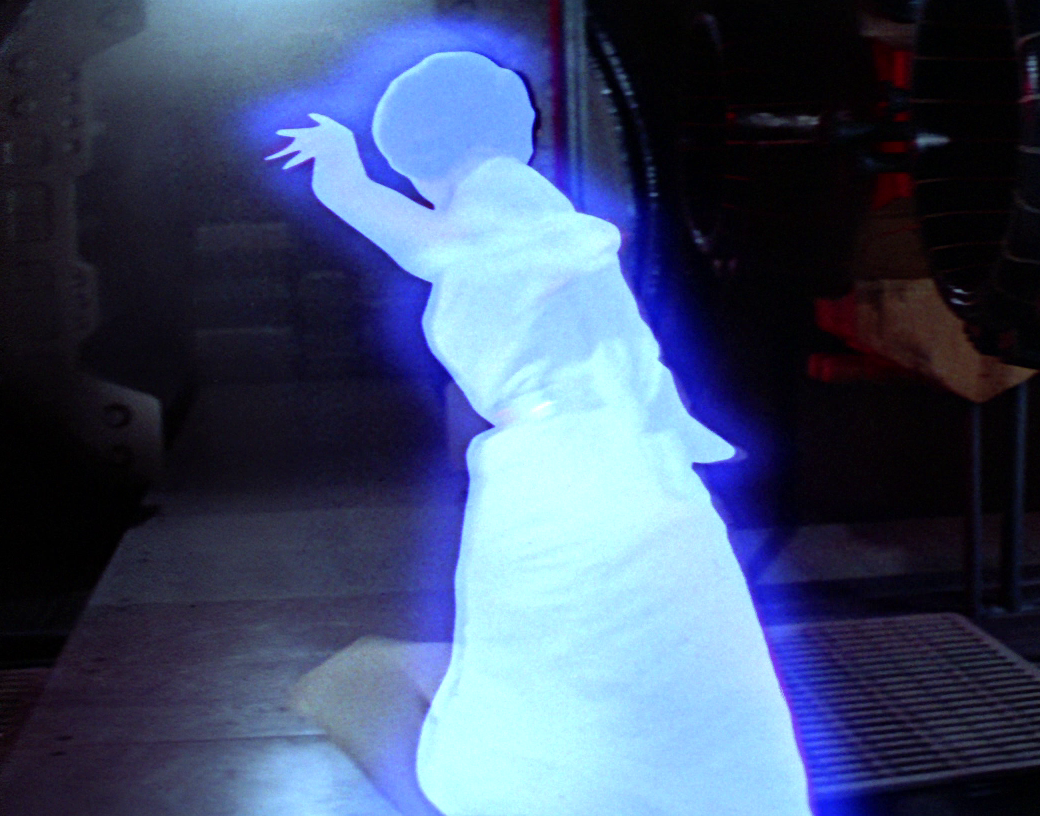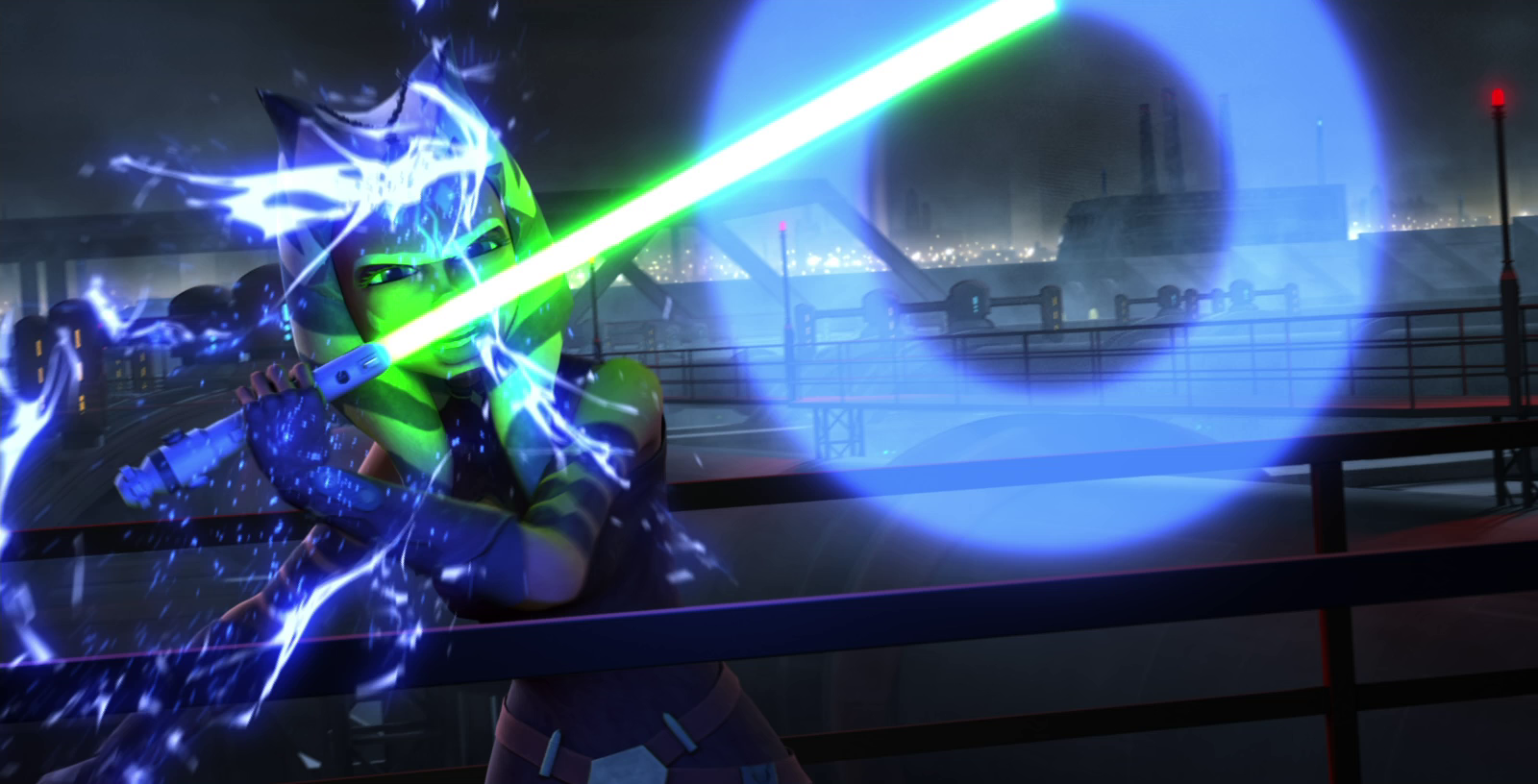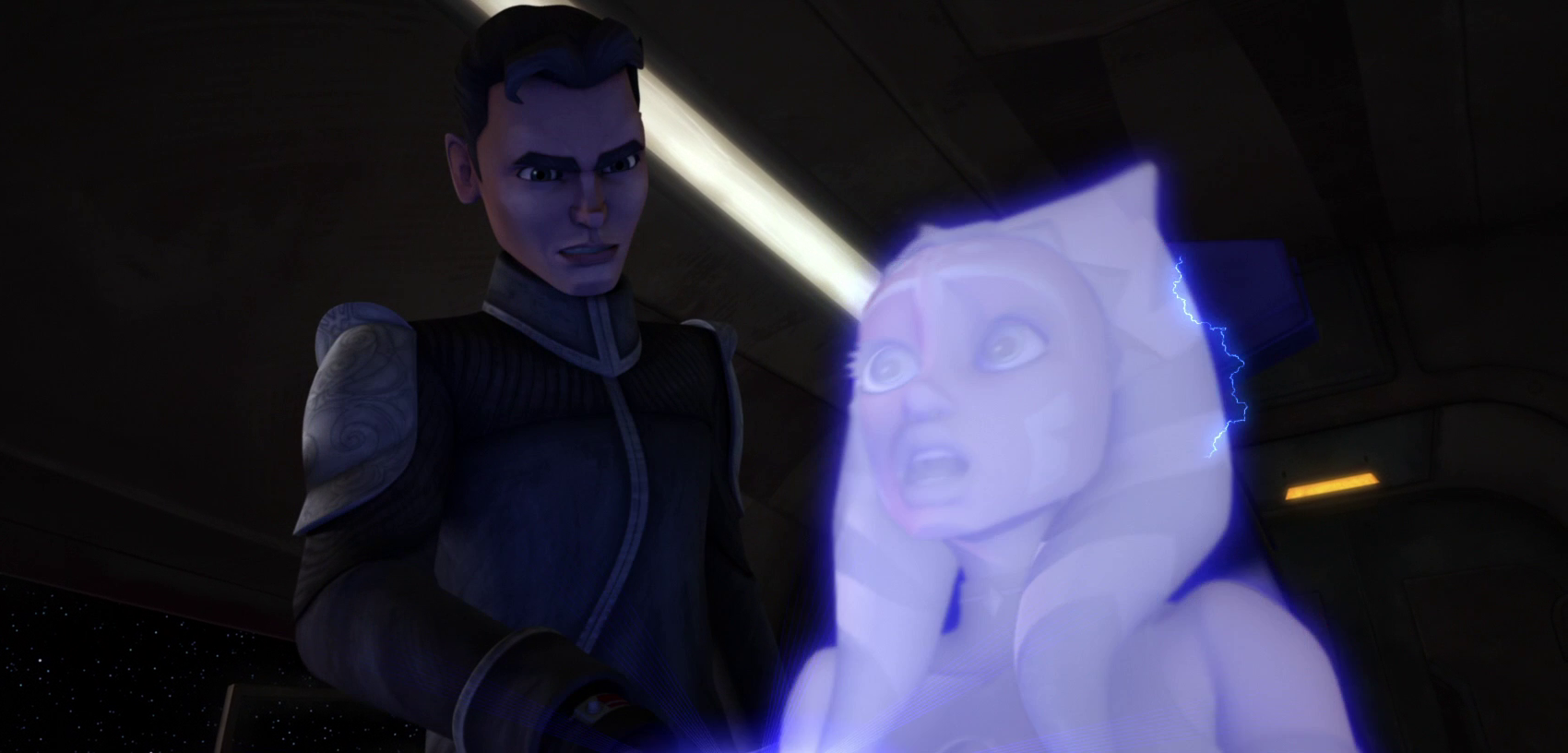Stun was a type of attack designed to leave a target incapacitated yet unharmed for a set period of time by overloading the target's nervous system. This overload generally caused unconsciousness although it could cause an almost catatonic state. Its main use was for capturing those wanted as prisoners.

Princess Leia is hit with a blaster set to stun.
The setting was built into many different handheld blasters, including the E-11 blaster rifle. Some mounted weapons also had this feature but to a higher degree. Stun blasts, known as paralysis beams, were visually different from regular blaster bolts; the most common type of stun blast—that used by the Imperial Military—appeared as a ring of blue energy that highlighted the target upon contact.
Some blasters, called stun blasters or stingbeams, were built to only fire stun shots instead of full-powered bolts; some pacifists, such as Bail Organa, carried these exclusively. Other non-blaster stun weapons employed electric pulses to incapacitate; stun batons and stun cuffs fall into this category.

Ahsoka Tano dissipates stun beams with her lightsaber
Force-users could use Force powers called Force Stun, Force Stasis, and Force Stasis Field to stun enemies. Because these uses did not employ technology, they can only be compared to the devices used commonly by the effect they produced and not the means by which it was achieved. The physiological effects experienced by someone stunned by the Force would therefore not necessarily be the same as those experienced by someone stunned by a blaster.
Some Force-users, such as Corran Horn and his ancestors, could use the Force to absorb the energy output from blasters set on stun, as well as that of stun batons and cuffs. This ability served the Jedi Knight well during his quest to recover his wife, who had been kidnapped by Admiral Tavira's Invids in 11 ABY. Other Jedi could train themselves to resist the effects of stun weaponry outright. Those who trained as Jedi Sentinels generally practiced varying levels of Force immunity, allowing them to withstand the effects of Force-based mental effects that included stun.
It was difficult to block a stun blast with a lightsaber. Admiral Daala used this to her advantage against Callista Ming on the dying ship Knight Hammer. However, it was possible for a skilled lightsaber wielder to dissipate the stun beam, as demonstrated by Ahsoka Tano using her lightsabers to deflect approximately ten stun shots fired at her by clone troopers while she was on the run, being falsely accused of murder.

Lux Bonteri uses a handheld stunner on Ahsoka Tano.
Depending on the design of a stunning device and the biology of the target, various physiological effects could occur upon being stunned. Some victims of a stun blast would remain conscious afterward, keenly aware of their surroundings but unable to move any limbs. Other types would knock a target completely unconscious, for easy transport or to keep a target unaware of movements through an area. Healthy humanoids could recover from a stun blast in as little as ten minutes or as long as several hours, depending on the strength of the stun blast.
Most victims of a stun blast merely experienced nausea, dizziness and body aches for a short time, but the stun setting was not entirely without its dangers. Setting the stunning power to a high enough level could kill the target, especially a Wookiee. Stun shots could also induce heart palpitations, and the stun tentacles of the JK-13 security droid could cause irregular heart rhythm. Stun weapons had a greater than fifty percent chance of sparking a miscarriage in pregnant humans. The stun guns carried by Tatooine's Jawas were reputed to cause temporary color blindness and minor dehydration upon recovery.
- LEGO Star Wars: The Complete Saga
- Star Wars: Tiny Death Star
- LEGO Star Wars II: The Original Trilogy